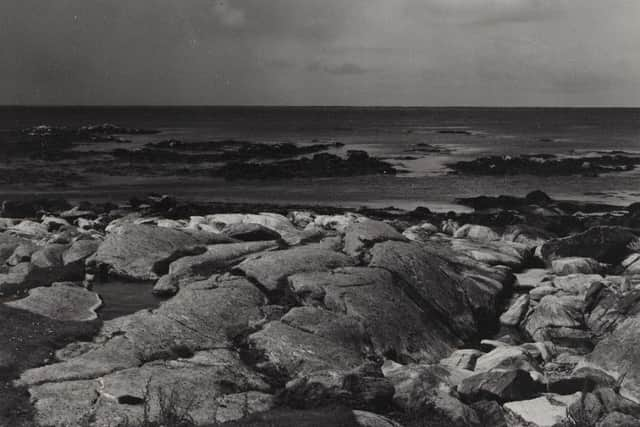Life in 1950s South Uist captured in rare pictures


The elegiac images of everyday life in the Outer Hebrides in the 1950s are regarded as among Strand’s best work.
He spent three months visiting South Uist and Benbecula, documenting residents and the landscape.
Advertisement
Hide AdAdvertisement
Hide AdHis trip coincided with plans to build a missile range on South Uist and Strand saw his photographs as a way of preserving a way of life that was under threat.


The photographs, taken during his visit to Scotland in 1954, have been acquired by the Victoria & Albert Museum in London and will be displayed from March 19 to July 3.
Strand decided to visit the island after hearing a radio programme about the Gaelic song tradition on South Uist.
After travelling there with his wife, Hazel Kingsbury Strand, the couple were introduced to islanders by the local doctor, and Strand went on to take more than a hundred photographs.
Many of them were eventually published in his book, Tir a’ Mhurain. Taken from a traditional Gaelic song, it title translates as ‘Land of Bent Grass’.


As a committed Marxist who came under scrutiny as McCarthyism swept the US, Strand went into exile in France before visiting Scotland, where the military background to his work only enraged authorities in his homeland further.
In a 1957 letter to Basil Davidson, an English journalist who wrote the accompanying text for the book, Strand hinted at his motivations for visiting the Outer Hebrides.
Advertisement
Hide AdAdvertisement
Hide Ad“Rocket testing sounds innocuous enough, it makes you think of the moon, interplanetary space and the geophysical year,” he wrote. “But if by chance the word rocket were a euphemism of a sort for guided missiles - maybe with atomic warheads - that is a horse of a somewhat different colour.”


When Tir a’ Mhurain was eventually published in 1962, it was printed in Leipzig in the former East Germany. Strand died in 1976 in France.
